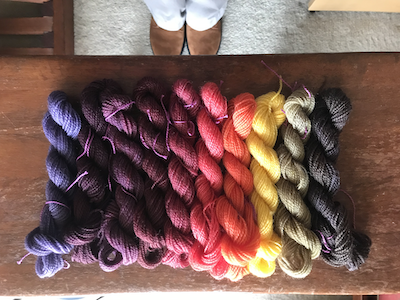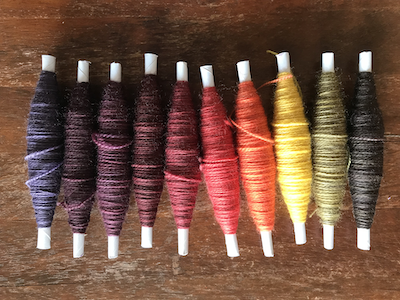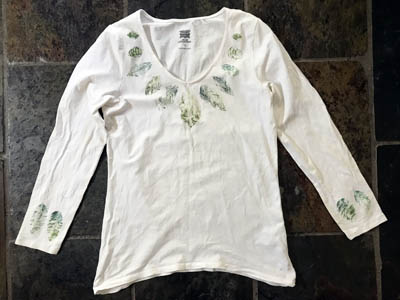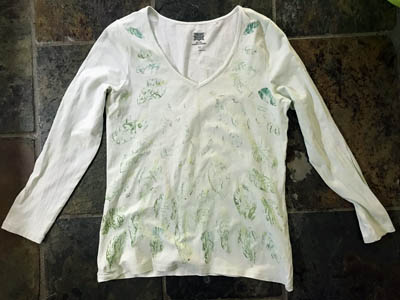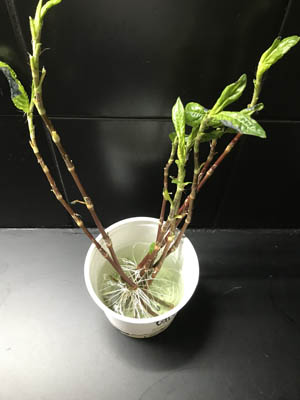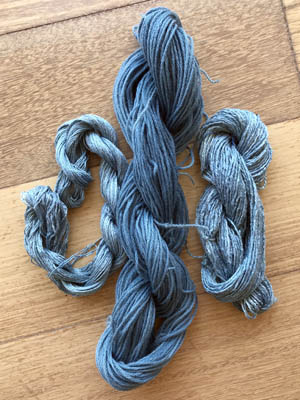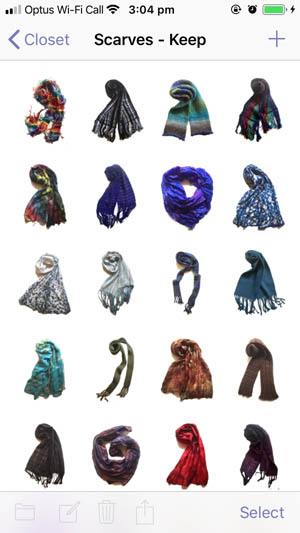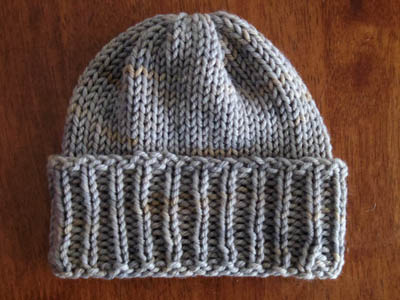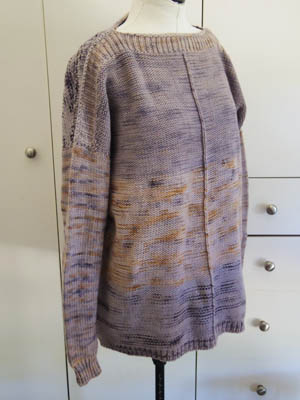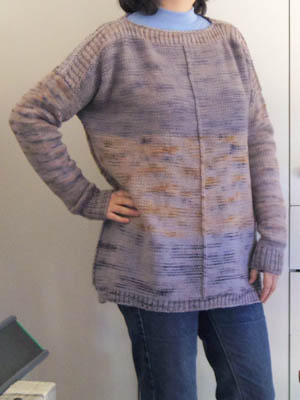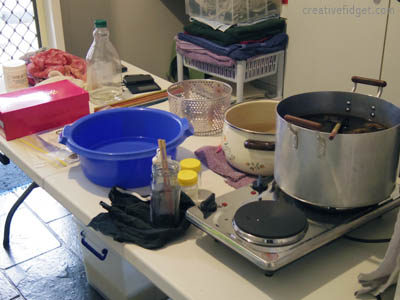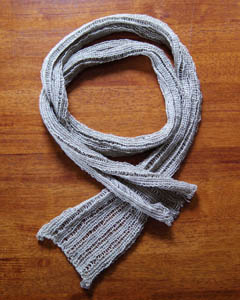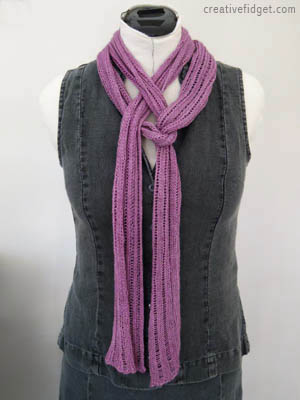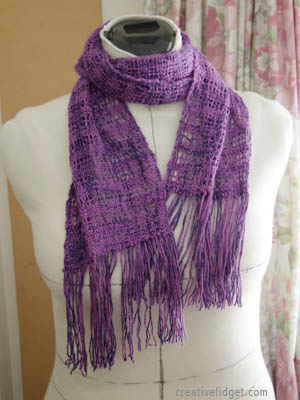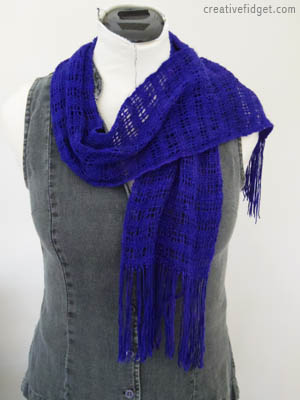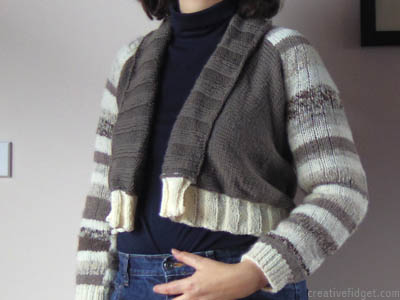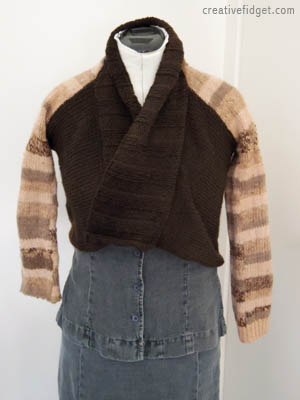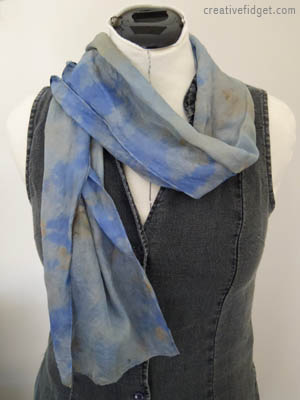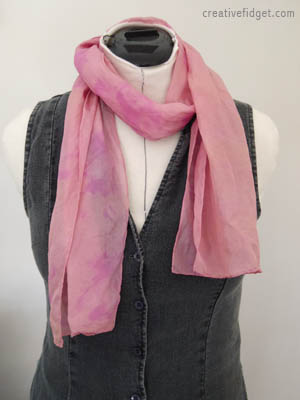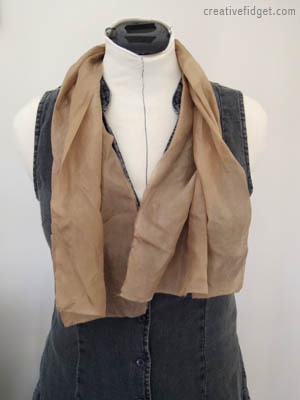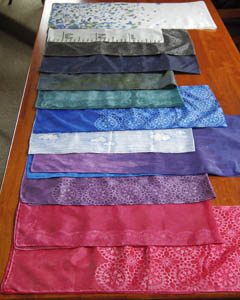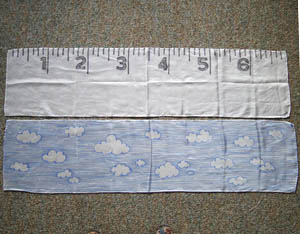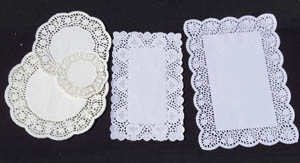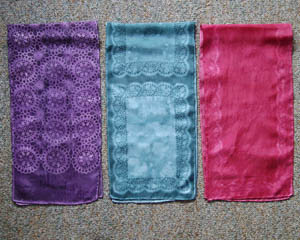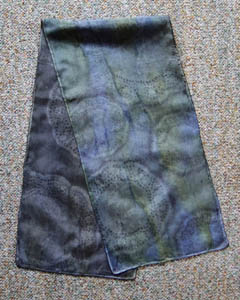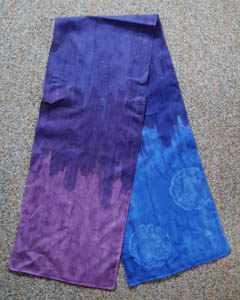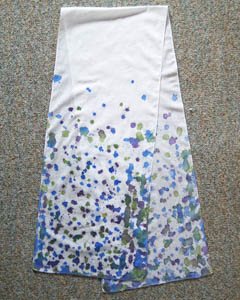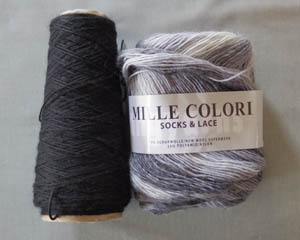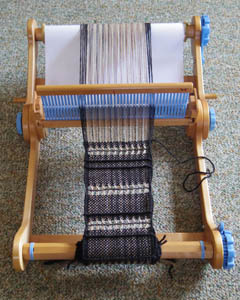What was new and very fascinating to learn from the books and articles I read was this idea of ‘fast fashion’. It shocked me that I hadn’t noticed the huge shift in how garment retailers operate, though on reflection I had picked up on most of the signs. What I’d noticed was this:
Clothing is the same price, if not cheaper, than it was in the 80s.
Quality is more uneven and more often worse than better.
T-shirt material keeps getting thinner. Sometimes practically see-through.
Shops are having sales more often than not having sales.
Designs don’t stick around for a whole season, so if you go back for something chances are it isn’t available any more.
More clothing is made from polyester.
It turns out brands don’t release new clothes in seasons anymore. Instead they’ve shortened the time between new styles arriving in stores to weeks, even days. All three books pointed to Zara, a Spanish company, for introducing this system. They have basic full or partial garments made up in ‘greige’ somewhere like Bangladesh and air freighted closer to their distribution centre in Europe, so they can be dyed, finished and embellished according to phoned-in observations of on-the-ground trend reporters, and delivered in store in as short a time as possible.
Of course, that means that the foundation garments are essentially the same. What changes is the easy stuff like colour and embellishment. What doesn’t change that much is fabric and more dramatic cut and shape. Clothes are only in stores for a month or so before they’re removed, so it encourages shoppers to drop in regularly. And they do – two to three times more often.
Though it doesn’t seem like it would, this system reduces the amount of stock that doesn’t sell. For a fast rotation of styles to work means the clothes must be incredibly cheap. With or without it, clothing prices have been on a race to the bottom for a few decades now, and that means a generation has grown up thinking unsustainably low prices are normal, and the rest of us have assumed the old ‘high’ prices were due to brands taking a huge profit.
Interestingly, high-end fashion prices have been rising as dramatically as cheap ones have dropped. What has suffered is mid-priced, good quality fashion. Part of the reason for that is that garment manufacturers in developed countries survive by specialising in high-end product, while those in developing countries aren’t interested in the smaller order sizes that mid-priced brand require. This also means that new designers find it very hard to get a foothold in the industry.
And then there’s the fact that most shoppers can’t see the value in the more expensive garment and are confused by the fact that the same garment can cost more in a middle-sized chain simple because of the economies of scale – smaller garment manufacturing orders cost more per piece than big ones. Shoppers have lost the ability to identify quality, let alone value it. Even judging the quality of cloth by thickness is no guarantee, because additives can add a quarter of the thickness to it, only to be removed on the first wash. Most of all, having never made a garment or watched a parent or grandparent make one, young buyers don’t see the work that goes into making clothes or recognise the details that indicate good workmanship.
While fabric production and cutting can be done by machine, the making up of garments still relies on people. Large-scale production favours a system where each worker does one small task, so the training they get is only good for them getting the same king of job. Fancy design requires training or more skilled and expensive workers, so garments are designed with simple construction. This system has put countless skilled tailors out of work, in both the developed and developing world, and led to the dumbing down of fashion styling.
It raises the question: what price do you put on innovation and skill?
That’s the irony in the current way we buy clothes. It’s called ‘fast fashion’ to imply you are keeping up with on the minute trends, but it has made this era’s mainstream clothing more homogeneous and less adventurous.
Little wonder, then, that vintage and charity shopping has become so popular. Though that is facing it’s own problems… but I think that’ll have to be another post.
